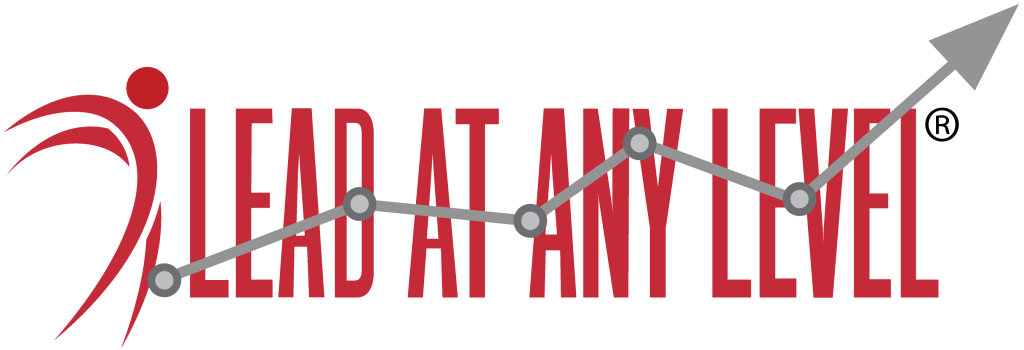Are you ready to expand your team or backfill an open position? If so, first take a moment to consider the importance of job descriptions and job postings in diversifying your company, team, and professional network. For many candidates, the first time they will learn of your organization is when they see a job description for an open position. It is from there that they will (hopefully) research your company. However, if you want a diverse slate of candidates to respond to your “help wanted” advertisement, you need to make that clear. This article outlines four tips for doing so.
Watch Your Language
There’s a lot of bias that creeps into our job descriptions. Where we get into trouble is usually not in the verbs and the nouns. “Design user interfaces” or “meet sales targets” are clear and inclusive. When you have short descriptions about what the job is – a verb and a noun – you’re usually okay.
It’s the adjectives and adverbs that seem to get us into trouble. When we use words like aggressive, controlling, assertive, and directive, we tend to get more male applicants. The word ‘competitive’ tends to attract male applicants in greater proportions. Words like ‘collaborative’ and ‘supportive’ tend to attract female applicants in larger numbers.
Instead of using charged adjectives, take a look at what you really value for the position. What are we really looking for, in terms of the tasks, goals, or objectives? Do not focus on the personal characteristics of the “ideal candidate.” People can accomplish the same goal in a lot of different ways. Focus less on the how and more about the what in your job descriptions.
Also consider whether you are likely to attract candidates with transferable skills from other industries. Remove proprietary and industry-specific language from your job descriptions whenever possible. Pay close attention to acronyms, references to specific software packages, and other terms that qualified job-seekers may not recognize or understand. Of course, there are instances where those skills are essential to success in the job. Still, challenge your assumptions about those skills to ensure you’re not missing out on the best person for the job.
Field Test Your Job Descriptions
Once you have a job description, take it to someone in your organization that you think would be a perfect candidate for the job. This may be somebody who’s already doing the job. If you can get a diverse group of people to look at it, even better. Let’s say you have four people in the company who are very different who are already doing similar work. Ask them to read the job description and give you feedback on whether they would apply for that job. If there are people that are already doing the work that would feel intimidated by the posting, you’re probably off target with your job description.
Go Where Your Candidates Are
Where you post is just as important as what you post. The internet is great for job postings, but be careful if that’s your only distribution channel. People in rural areas, people over the age of 45 or 50, and a lot of minority candidates do not use the internet for their job searches. Find where the people are that are qualified for the position that you’re posting and post it there. Get out of your own company (and possibly your industry) and look around at where qualified people really are. If they are at association events or conferences, are there specific conferences for affinity groups in your industry? If they are online, do they use specific job search sites to ensure they’re seeing employers committed to their communities? Go where your candidates are, not where you expect them to be.
Declare Your Commitment to Diversity (And Mean It)
Finally, put your company’s non-discrimination language and links to your diversity initiatives in every posting. Candidates from underrepresented racial and ethnic groups want to know that they will not be expected to integrate your company. LGBTQ candidates need to know they will not be fired or marginalized, especially in states without protections for LGBTQ workers. Candidates with disabilities want to know they will be welcomed as equals. Women need to feel safe from sexual harassment. And all your candidates want to know they will have opportunity for development, advancement, and fulfillment in their work. If you can’t make these promises – and back them up – even the best job descriptions can’t save you.

6 Responses